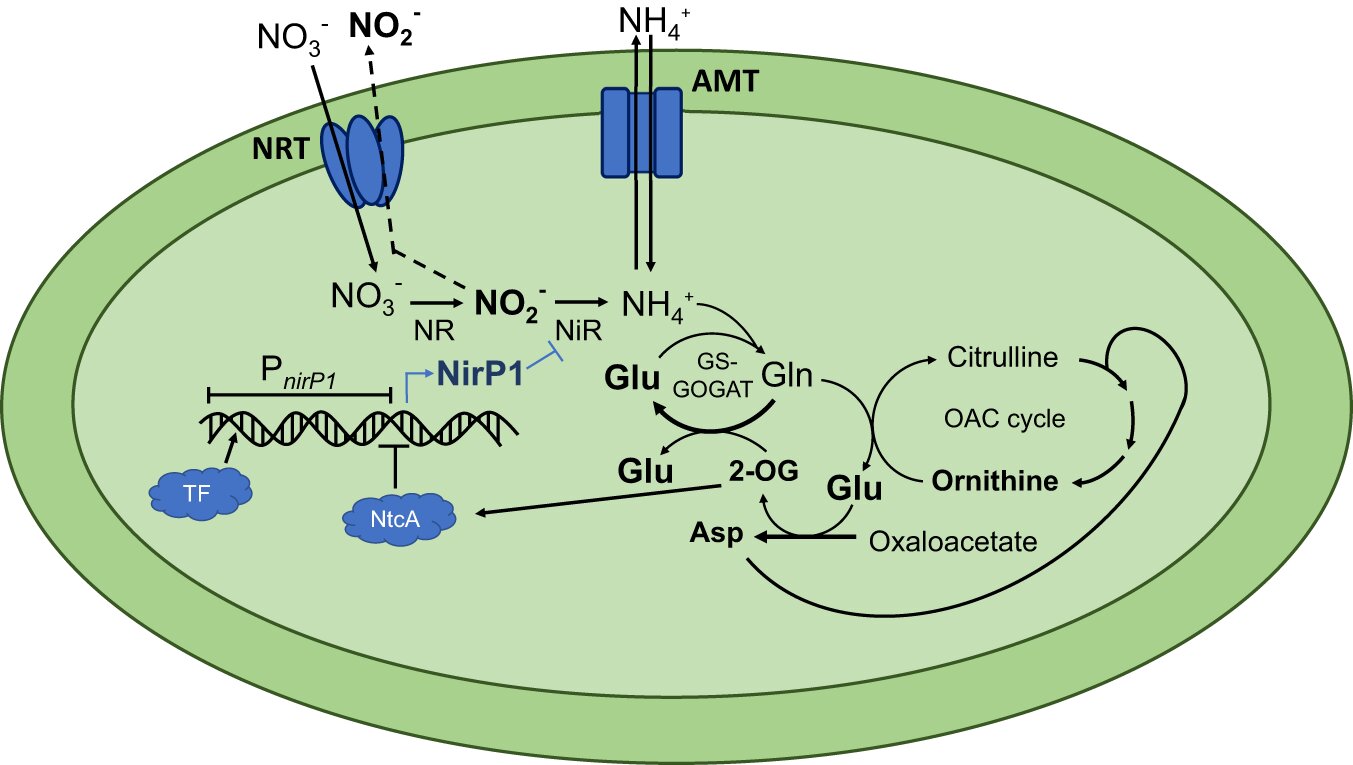Blue-green algae, also known as cyanobacteria, are like the ocean’s botanical wonders. They perform photosynthesis on a grand scale, producing oxygen and removing CO2 from the atmosphere. However, they require additional nutrients, such as nitrogen, to thrive.
Research reveals fascinating interconnections among even the tiniest organisms in the ecosystem, with many unknown genes playing crucial roles. These findings, recently published in Nature Communications, shed light on the intricate web of life.
The balance of carbon (CO2) and nitrogen is vital for the growth of plants, algae, and cyanobacteria. In a groundbreaking discovery, Alexander Kraus, a doctoral student working with Wolfgang R. Hess at the University of Freiburg, identified a gene called NirP1 in cyanobacteria. This gene produces a protein that responds to carbon deficiency relative to nitrogen levels.
Although NirP1 is too small to function as an enzyme, researchers found that it can bind permanently to an enzyme responsible for converting nitrite to ammonium. This interaction prevents the conversion, leading to nitrite accumulation in the cells and triggering significant metabolic changes.
The intricate dance of molecules within cyanobacteria, unraveled through collaborative efforts with experts from the University of Tübingen and the University of Rostock, highlights the complexity of biological processes at the microscopic level.
2024-04-15 11:00:02
Original from phys.org
